Space
Sign up for our newsletter
We summarize the week's scientific breakthroughs every Thursday.
-
 Planetary Science
Planetary ScienceCelebrate the moon landing anniversary with books that go beyond the small step
New books about Apollo 11 and the mission to the moon offer something for everyone, from astronomy lovers to fans of graphic novels and self-improvement buffs.
By Science News -
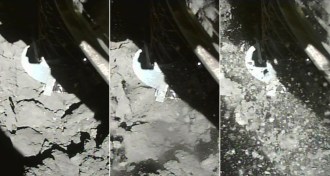 Planetary Science
Planetary ScienceHayabusa2 may have just snagged bits of asteroid Ryugu’s insides
In its second sampling attempt, Hayabusa2 became the first spacecraft to try to pick up some of an asteroid’s guts.
-
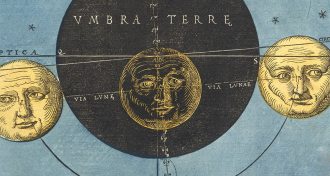 Planetary Science
Planetary ScienceSee how visualizations of the moon have changed over time
To celebrate the 50th anniversary of the moon landing, here’s a collection of images that show how the moon has been visualized over the ages.
-
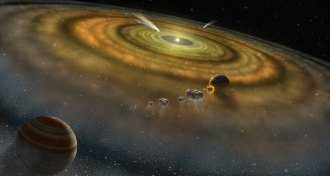 Astronomy
AstronomyMoons that escape their planets could become ‘ploonets’
If giant planets in other star systems lose their moons, the freed objects could become “ploonets,” and current telescopes may be able to find them.
-
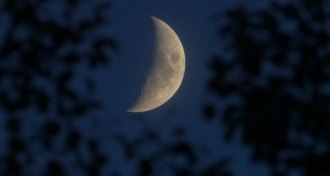 Anthropology
AnthropologyAncient humans used the moon as a calendar in the sky
Whether the moon was a timekeeper for early humans, as first argued during the Apollo missions, is still up for debate.
-
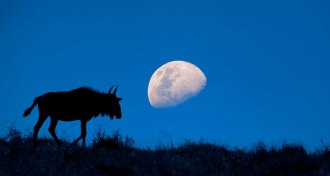 Ecosystems
EcosystemsMoonlight shapes how some animals move, grow and even sing
The moon’s light influences lion prey behavior, dung beetle navigation, fish growth, mass migrations and birdsong.
By Erin Wayman -
 Planetary Science
Planetary ScienceReaders wanted to know about asteroids, lithium batteries and more
Readers had questions and comments about asteroids, lithium batteries, and pyroclastic flows.
-
 Astronomy
AstronomyAfter all this time, the moon still manages to surprise us
Editor in Chief Nancy Shute discusses 50 years of lunar science.
By Nancy Shute -
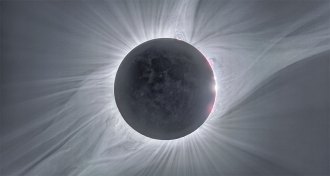 Astronomy
AstronomyHow the 2019 eclipse will differ from 2017’s — and what that means for science
This year’s total solar eclipse is visible late in the day from a relatively small slice of South America.
-
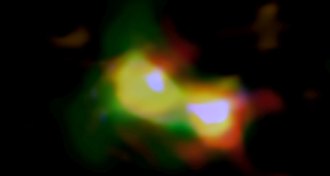 Astronomy
AstronomyThe earliest known galaxy merger occurred shortly after the Big Bang
Telescopes show two distant blobs of stars and gas swirling around each other in the young universe.
-
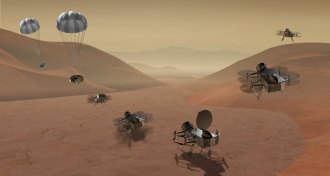 Planetary Science
Planetary ScienceWith Dragonfly, NASA is heading back to Saturn’s moon Titan
NASA’s next robotic mission to explore the solar system is headed to Saturn’s largest moon, Titan.
-
 Astronomy
AstronomyIn a first, telescopes tracked a lone fast radio burst to a faraway galaxy
First-time observations suggest that the cause of one-time fast radio bursts is different from what triggers repeatedly flashing radio bursts.